Geotechnical – Basements and Ground Movement
With a shortage of development land and high land values in London, the development of basements has become a popular way of gaining additional space in homes. Basements can affect the environment and nearby structures in a number of ways, with numerous geological, hydrological, hydrogeological and geotechnical factors needing consideration.
Basement Impact Assessments are used to evaluate the potential impacts from a basement development on-site and for the surrounding area, as well as determining the actions required to manage or mitigate the risk. Ground & Water provides high quality holistic contaminated land solutions, which generally follow a four phased approach.
Basement Impact Assessments
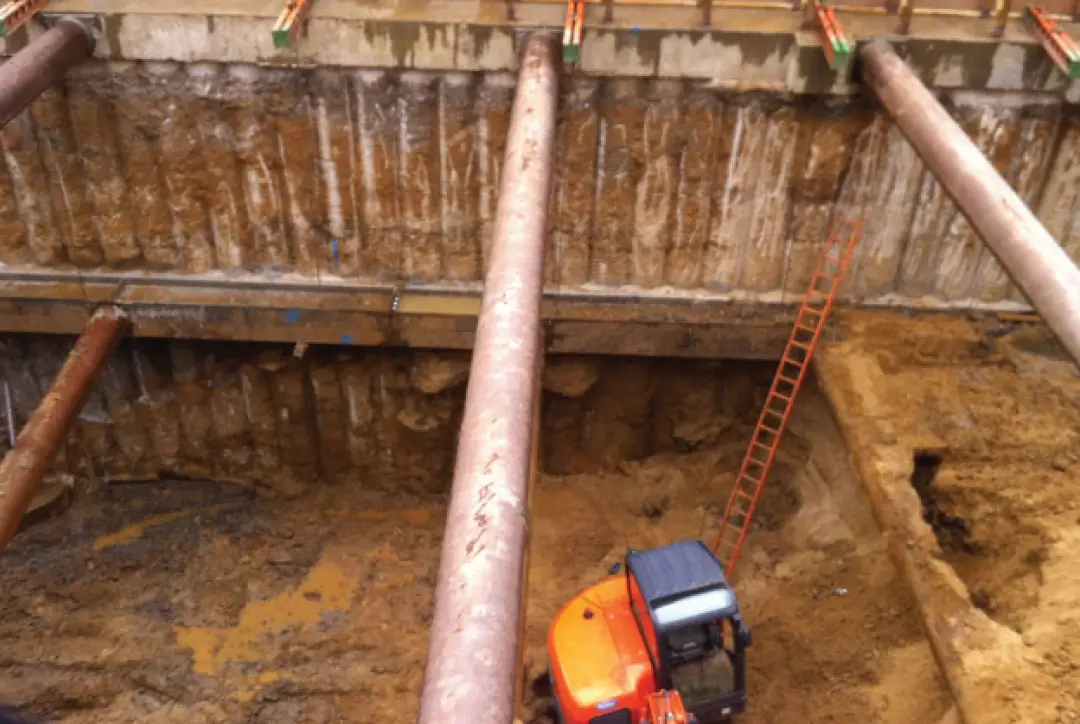
Basement Impact Assessments follow the format of an Environmental Impact Assessment (EIA) process, as detailed below:
- Screening – A desk based/non-intrusive study of the site and the surrounding area is undertaken. The findings are then discussed with reference to each Borough’s specific areas of concerns (i.e. a significant watercourse, a specific geological formation or steep slopes).
- Scoping – Following the screening assessment, factors that require further investigation are highlighted in the scoping section.
- Site Investigation and Study – An intrusive site investigation is undertaken to assess the risks highlighted, as well as looking into other areas of interest (i.e. contamination, geotechnical parameters and factors specific to the whole proposed development).
- Impact Assessment – Following the completion of site works and the receiving of laboratory test results, assessments can be made into the suitability of the proposed basement construction. This would include settlement/heave analysis beneath the basement, ground movement analysis around the basement, and structural damage assessment of the surrounding walls.
- Review and Decision Making – Following the completion of all required analysis, recommendations could be communicated and conclusions discussed.
The staged approach of basement impact assessments helps planning conditions be accepted.
Ground Movement Analyses/Burland Damage Categorization
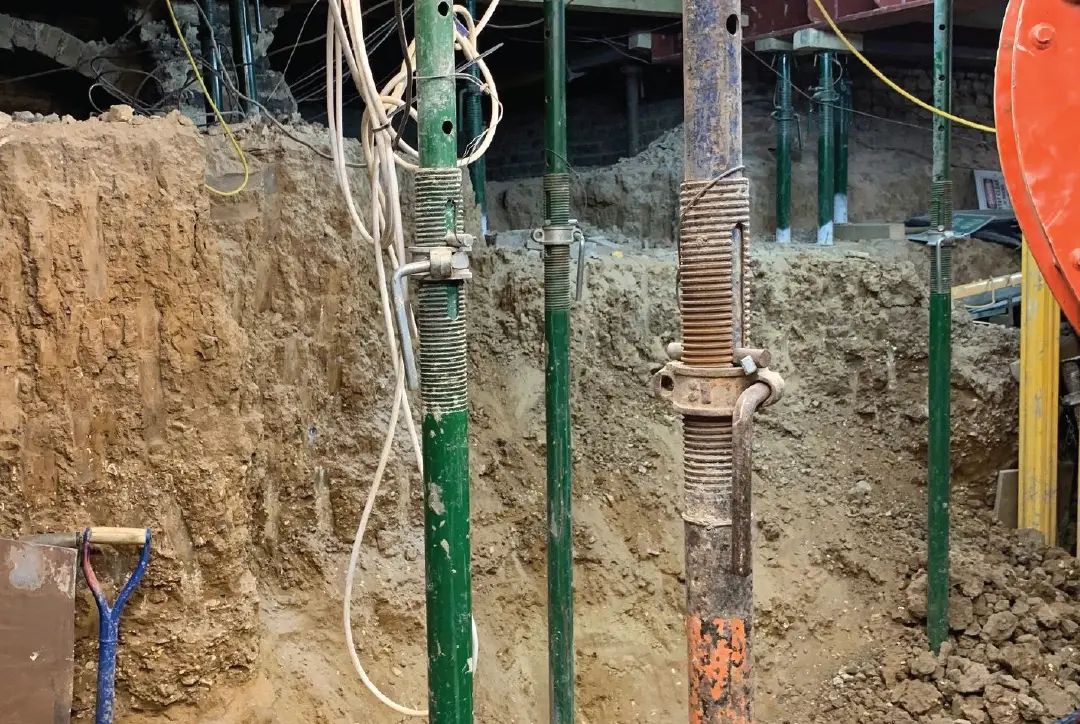
We are able to look at displacements around the basement at a specific point, along a line, or across a grid.
XDisp also models the walls of surrounding buildings. Based on the soil displacements generated, the category of damage to each building wall can be calculated. Walls can be assessed in sections or as a whole across the entire wall. The damage categorisation is based on the widely accepted Burland Damage Category Scale, where walls are classified into six categories of damage, ranging from very severe (5) to negligible (0).
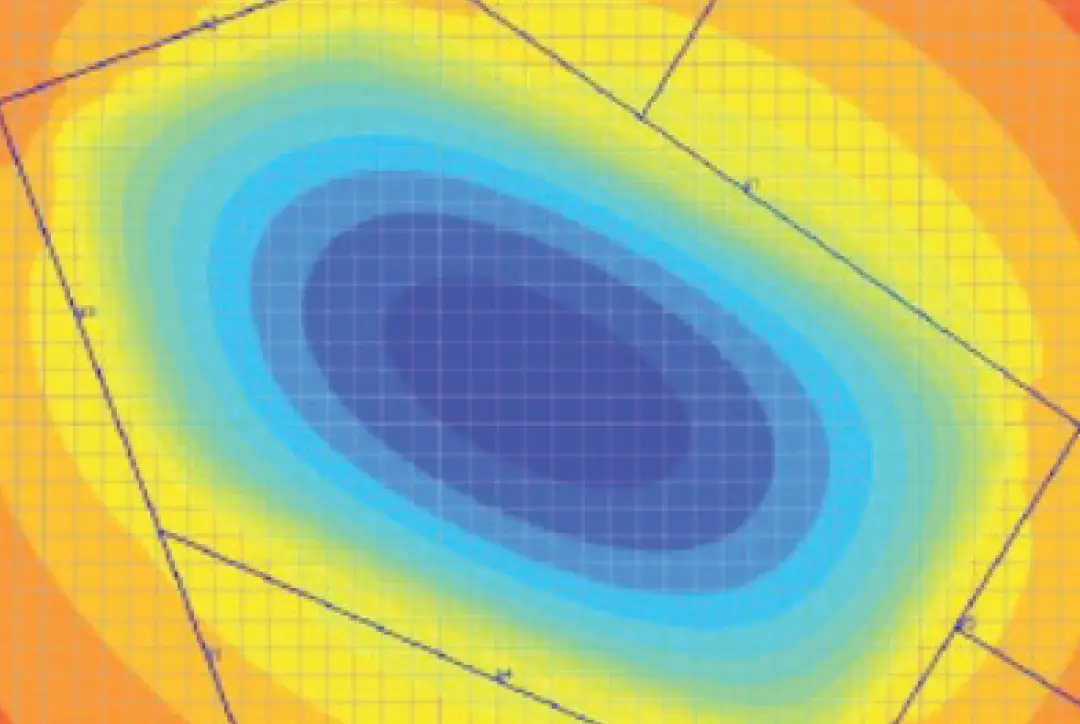
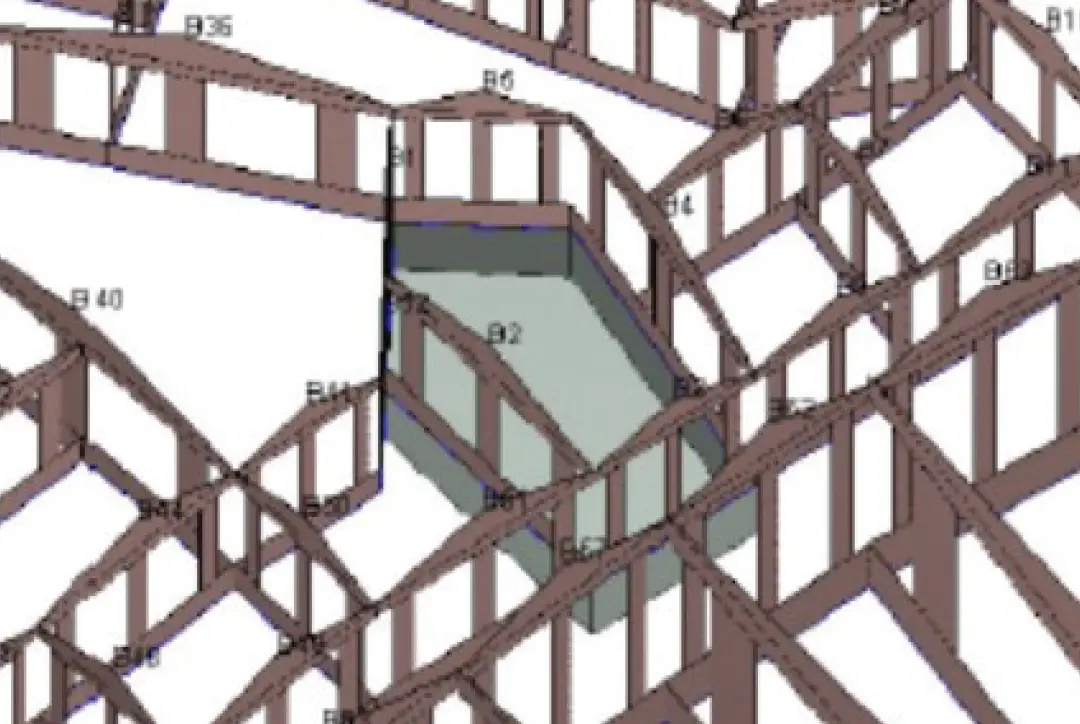
Top Left: A Pdisp model showing the vertical soil displacement at basement level, based on changes to the pressure. The blue area in the centre of the proposed basement indicates heave, whereas the orange/red shades indicate less heave/settlement.
Bottom Left: An Xdisp model showing a modelled excavation and the surrounding walls of nearby buildings.
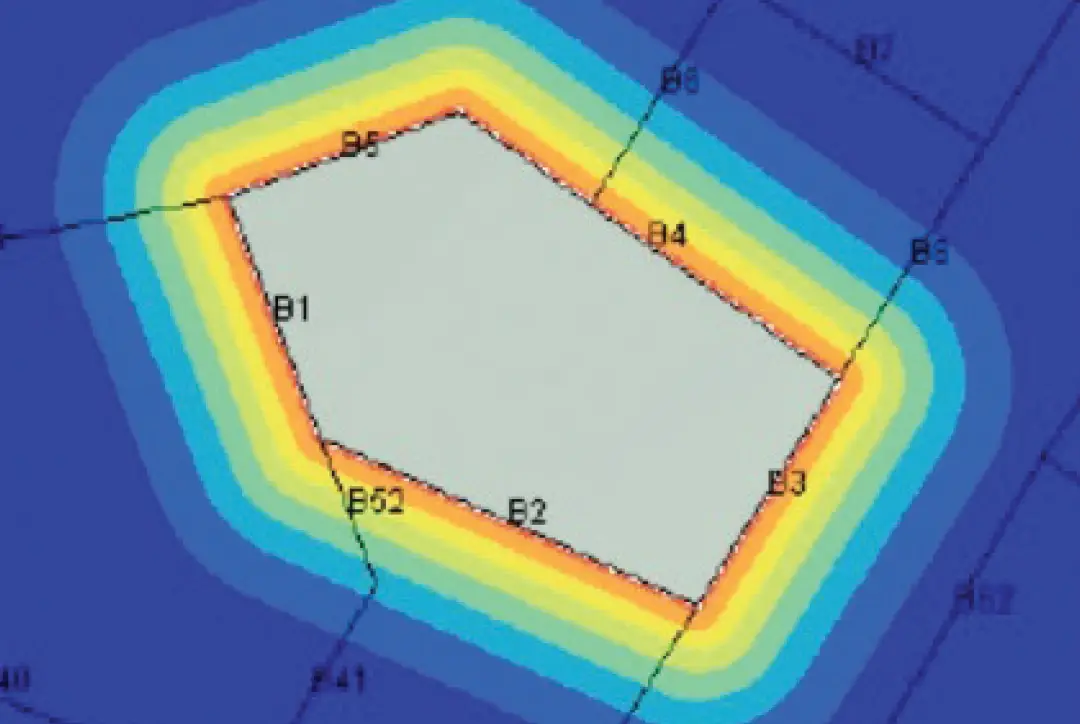
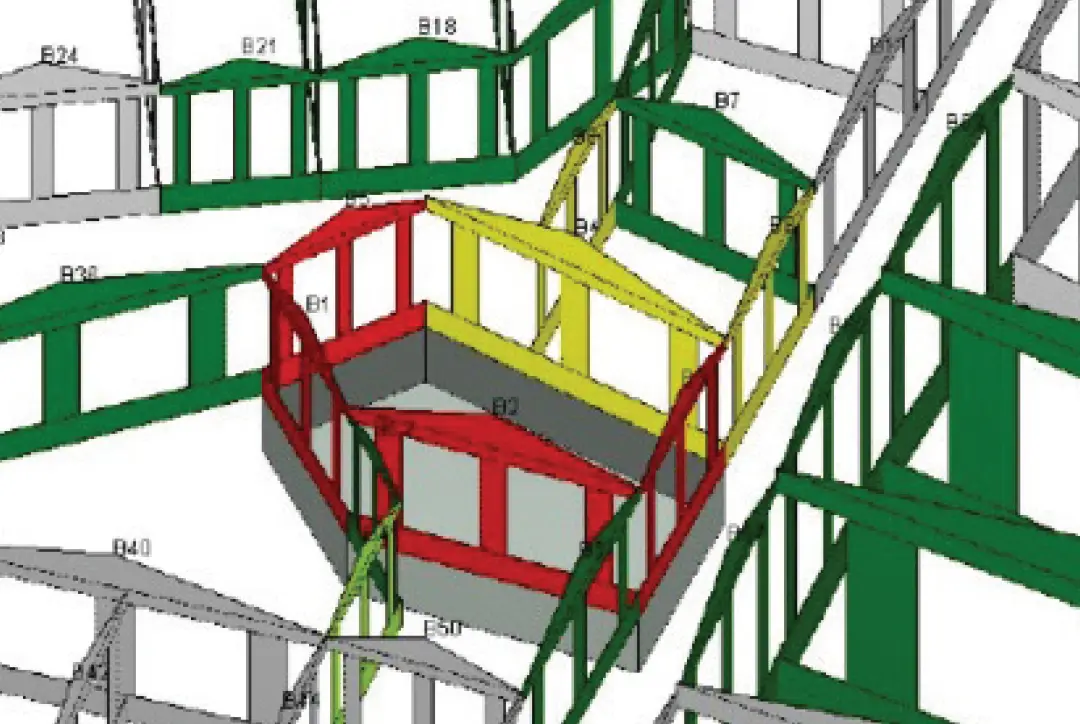
Top Right: An Xdisp model showing the vertical soil displacement around a proposed excavation, based on ground movement curves. The orange area immediately from the basement shows areas of settlement, decreasing to areas of negligible vertical movement, shown by the blue shading.
Bottom Right: Xdisp Model showing the damage categorization of the walls surrounding a proposed excavation, based on the Burland Damage Category Scale. Each colour presents the damage category of a wall, with red indicating Category 4 damage, decreasing to green which is Category 0 damage.
Our engineering team has a diverse range of skill sets, geoenvironmental experience and knowledge. Our One Team culture means engineers advise and mentor across projects to ensure the best possible outcome for you.
What our clients say

In my experience of working with Ground & Water over the past eight years or so, I am pleased to say that the reasons why we keep on using your services are:
- Swift response to request for fee proposals and competitive costs
- Swift response to attending site and undertaking the ground geotechnical survey
- Early initial results, usually within five days, to assist our estimators and designers
- Thorough full reports that are in an easily understood format
- Always available to provide further discussions to any aspect of the report and to assist with understanding the ground types
- Always available to provide support and assistance on any other aspects of ground engineering and contamination
- A good working relationship and trust has developed between our organisations and that counts for a lot in business
Hugo Milner
Mildren Construction